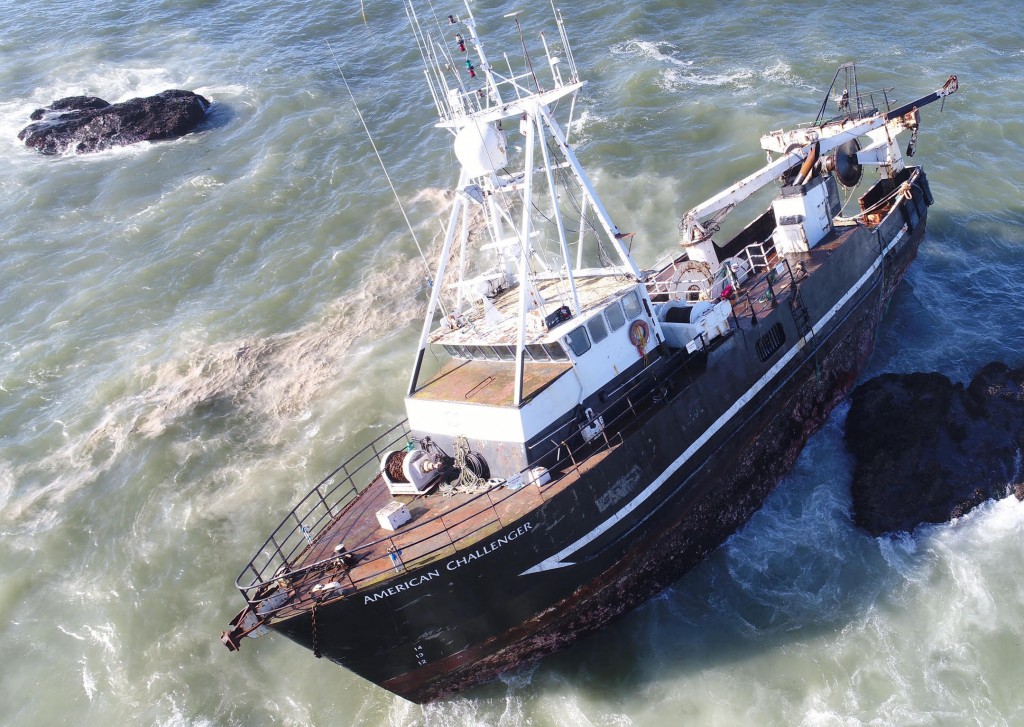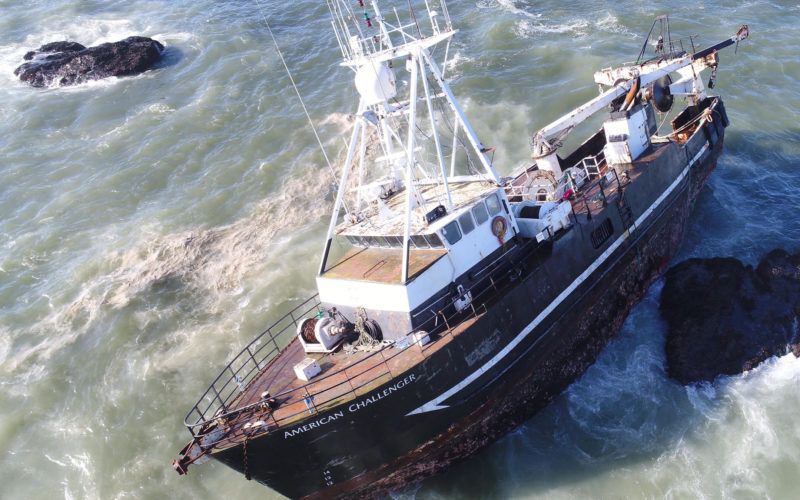Containership runs aground in Suez Canal, blocking traffic
Assist tugboats and salvage crews are working to remove the Panama-flagged containership Ever Given that grounded Tuesday in the Suez Canal.
The 1,312-foot, 20,000-TEU ship was bound for Rotterdam, Netherlands when it became wedged nearly sideways in the waterway, blocking traffic in both directions. SMIT Salvage and Nippon Salvage Co. dispatched crews to the ship to devise a salvage plan.
As of March 25, numerous tugboats remained alongside the ship, and excavators worked at the canal’s edge where the bow was firmly aground. Authorities said it could take days before the ship is refloated and the canal cleared.
The cause of the incident is unknown. Evergreen Line of Taiwan, which chartered the ship, told Bloomberg that a “sudden strong wind” blew Ever Given off course. The Suez Canal Authority told the news agency that winds reached 40 knots, which left crew unable to steer the ship.
The Suez Canal provides a vital shipping link between the Red Sea and the Mediterranean Sea, linking Europe with Asia. Roughly 19,000 ships passed through the canal in 2020. Experts have warned the blockage could impact world trade if the ship is not removed quickly.
Fishing vessel grounds after tow failure near San Francisco
The fishing vessel American Challenger, under tow on its way to being scrapped, broke away from its tugboat and ran aground on March 5 near Bodega Bay, Calif. As of late March, it remained stuck on rocks along the shoreline.
The tugboat Hunter was towing American Challenger from Washington state to Mexico when the incident occurred. The tugboat lost propulsion late in the day when the towline snagged in one of its propellers. Both vessels went adrift, although Hunter ultimately dropped its anchor. Authorities have not explained what caused the incident.
Light sheening was initially spotted near the fishing vessel’s location in a remote area south of Estero de San Antonio. Regular beach surveys are ongoing to check for the presence of oil or fuel.
“Based on the preliminary assessment conducted, the oil pollution threat appears to be minimal at this time,” according to the unified command launched in response to the incident.
It is not clear when American Challenger might be removed from the rocks. Authorities are reportedly looking for money to pay for the operation.

Safety alert: Ensure readiness of dewatering equipment
The U.S. Coast Guard is warning vessel operators to make sure their fixed and portable dewatering systems are in working order.
The service issued a safety alert on March 19 in response to a growing failure rate for this equipment in the U.S. inspected towing fleet. The alert noted that the equipment is increasingly failing to operate as designed, often due to a loss of prime. Dewatering equipment is considered “essential” under Subchapter M inspection guidelines.
“Proper testing of the dewatering equipment should include ensuring the pump has the ability to physically take suction and that it can produce a sufficient discharge stream,” the alert said. “This test can be conducted without discharging over the side into the water.”
The service strongly recommends vessel owners, operators and third-party organizations take steps to ensure these devices work as intended. Specifically, it urges regular testing to ensure systems have proper suction and adequate discharge, and that crews are trained to operate them.
The full safety alert is available here.
Casualty flashback: March 1920
The steamship Ituna had many roles during its 34 years in service, from luxury yacht to research vessel to passenger ship. When it sank near San Francisco in 1920, killing two crewmembers, it was being used as a trawler in the Pacific Ocean.
The 134-foot vessel set sail from San Francisco for Reedsport, Ore., on March 13 when it ran into rough weather in the Gulf of the Farallones, west of the Golden Gate. Ituna’s seams split, causing the forward holds to flood. The vessel sank bow first, according to the National Oceanic and Atmospheric Administration (NOAA), which oversees the Greater Farallones National Marine Sanctuary.
“It took only 10 minutes for the ship to sink,” NOAA said in its account of the incident. “Twelve of the 14 crewmembers escaped, struggling for hours to keep their lifeboat afloat on the harrowing trip to the San Francisco lightship.”
The two victims were trapped in their bunks when Ituna went down. The vessel also carried equipment and machinery worth roughly $500,000 in 2021.
Ituna was built in 1886 in Glasgow, Scotland, based on a design by famed naval architect George Lennox Watson. It was powered by a triple expansion steam engine.

